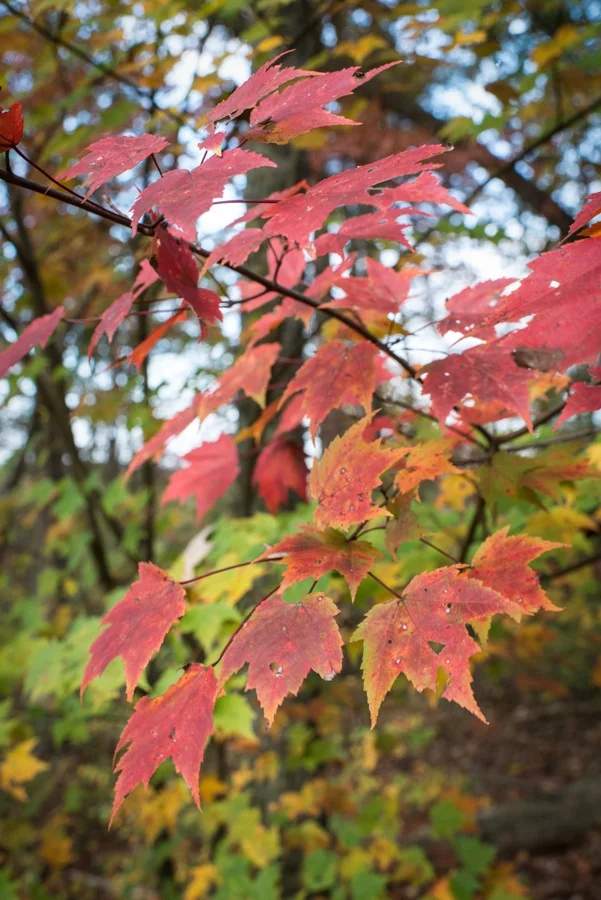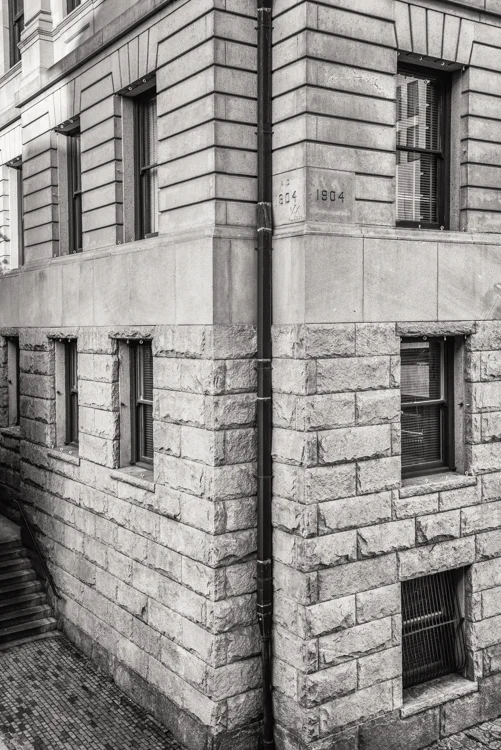Around 1984 I developed an interest in the semi-nomadic lifestyle of older/retired Americans who traveled to the southwestern deserts for wintering. Commonly referred to as, “snowbirds”, there are basically three migratory paths followed during the winter in the US; east, mid-west and west. My focus was the west in the southern California and Arizona deserts.
Most snowbirds return to their northern homes, typically just before April 15th (to send in their federal income tax returns!). However, some had become “full-timers” meaning they lived year round in their RV’s and migrated around the country based on seasonal changes. They had sold their brick and mortar homes of 30 or 40 years for the nomadic lifestyle.
There are also many choices to “land” with this lifestyle. Some might choose a planned RV community around Yuma, AZ for example, where the RV is placed on a concrete pad and hook-ups of gas and electric and various amenities can be acquired. Others stay on BLM (Bureau of Land Management) where, at the time, they applied for 14-day permits. After 14-days, they would have to move to another BLM location. This is somewhat of a more primitive, camping lifestyle. But, each RV’s had a supply of water, toilet, cooking, refrigeration, heating/cooling and various accoutrements.
The socio-economic structure to these encampments tended to be homogenous, but not entirely. It was very possible that a $300,000 BlueBird RV could be found camped on BLM land with a pick-up and camper shell. What did appear to be a common thread amongst the snowbirds is that they were from relatively the same generation and shared common life experiences. They had all grown up someplace, gone to school, gotten married, worked a job, had children and now found themselves in a new phase of life. It didn’t seem to matter what the details of all those years were, but the fact that you made it through and now you found yourself “here”, in the middle of the desert.











































































































































































































































































































































































































































































































































